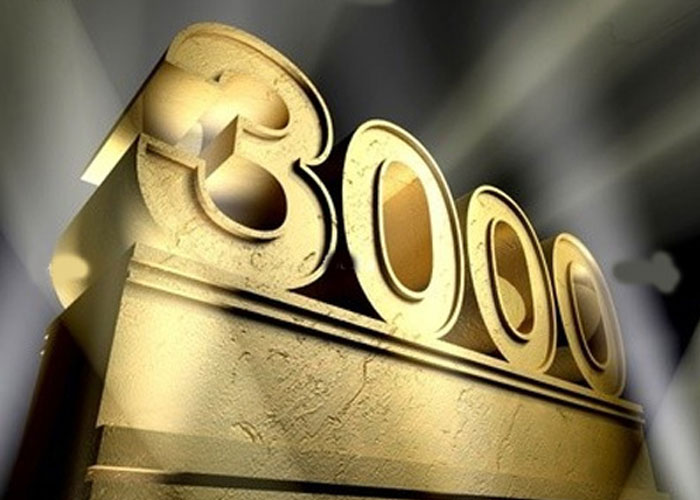Article sponsored by: the Dr. Stoxx Options Letter
Back in September, 2012, shortly after the price of gold had rallied from lows under $1600 to a tag of the $1800 level, Bank of America came out with a call to buy the shiny yellow metal. It issued a price target of $2400, stating that the Fed's new bond buying program would lower the dollar and make gold attractive. BofA's technical analyst, Stephen Suttmeier, went even further, making the case for gold at $3000. He pointed out a clearly demarcated uptrend channel that was the sure sign of a new "secular bull rally" in gold and that price, in his words, "would reach the $3000 area by early 2014."
Of course, BofA got it wrong, as we can see so clearly now with perfect 20/20 hindsight. BofA's call perfectly marked the top of gold's multi-year rally. And here we are, just under 1300 after dipping to around 1180, and wondering whether this is now the bottom of the downtrend. But what if BofA didn't get the call wrong, just the timing of it? What if gold is heading to 3000, only here at 1300, it makes a much more lucrative long-term buy?
There are several new developments since the BofA call that could certainly push gold higher, if not to 3000, then at least to test the 1800 - 1900 resistance area. These include but are not limited to the following:
1. The U.S. dollar is severely overextended, and as recent shake-ups in Europe demonstrate, currency trends are always vulnerable to political realities.
2. A report out today from the IMF reveals that Russia has been buying up gold to stockpile against the falling ruble, sanctions and low oil prices. So too several other former Soviet block countries. So too the Netherlands. So too Malaysia. China has long been rumored to be stockpiling gold, but so far this is undocumented.
3. On China, if we assume they are big buyers of gold -- a strongly held assumption by those who should know -- and the Western central banks big sellers, China's supply of gold at these low prices may soon dry up as the Eurozone faces its ongoing financial crisis. It will either raise prices or hoard supply. Either way, gold rallies. As analyst John Embry said back in October, "The western central banks reserves for this sort of activity are getting extraordinarily low."
4. Since the Western central banks got into the business of manipulating the price of gold -- largely through all kinds of fancy derivatives -- in order to keep their currencies afloat, we've seen a growing disconnect between the spot price of gold and the fundamental value of the metal. In the free market, these variances from mean-value always find a way of reverting to a fairer valuation.
5. Low oil prices have made it possible for the miners to continue in operation despite low gold prices. Once oil bottoms and rebounds, you are going to see production levels go a lot lower as a number of the smaller players go out of business.
6. With QE money-printing programs now spreading to Europe, the bond bubble is getting even bigger. All bubbles pop eventually, and when this one does, we'll see a massive spike in rates, inflation (which is what Western economies want right now), and gold.
7. Lastly, there is an old saying that "when governments do things right, avoid gold. But when they mess up, buy it." Lately the US government has been -- only from an economic standpoint -- doing things right: tax revenues are up, deficits are down, jobs are up, unemployment down, But these things trend, and all trends come to an end.
If you are bullish on gold, there is no shortage of ways to position yourself. In the Dr. Stoxx Options Letter, we've been putting on a series of options trades that will profit sharply from any rise in gold; even profit if gold goes nowhere. I favor higher gold prices over the medium to longer-term, and prefer to use a variety of options plays, from high-risk speculative to low-risk income generating strategies, to both capture capital growth and hedge against risk. I believe it is in everyone's best interests to be well positioned for what could be the best trade for the 2nd half of the decade.
Blessings on your trading!
Dr. Thomas K. Carr
Recent free content from Dr. Thomas Carr
-
{[comment.author.username]} {[comment.author.username]} — Marketfy Staff — Maven — Member



